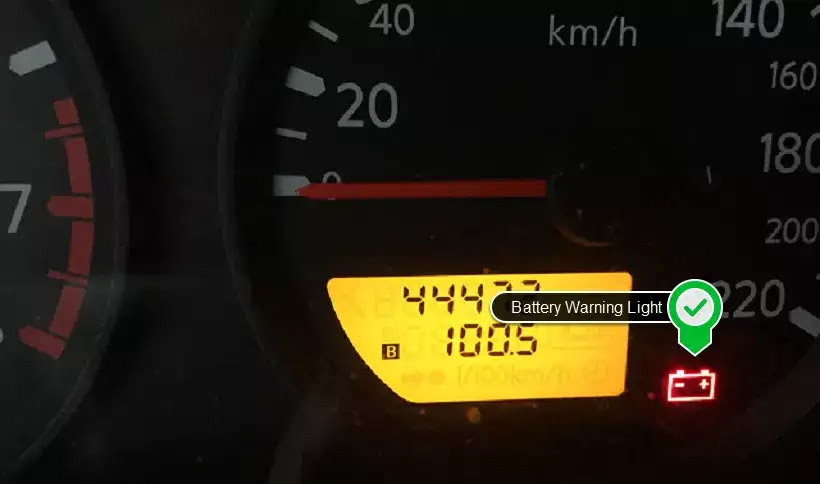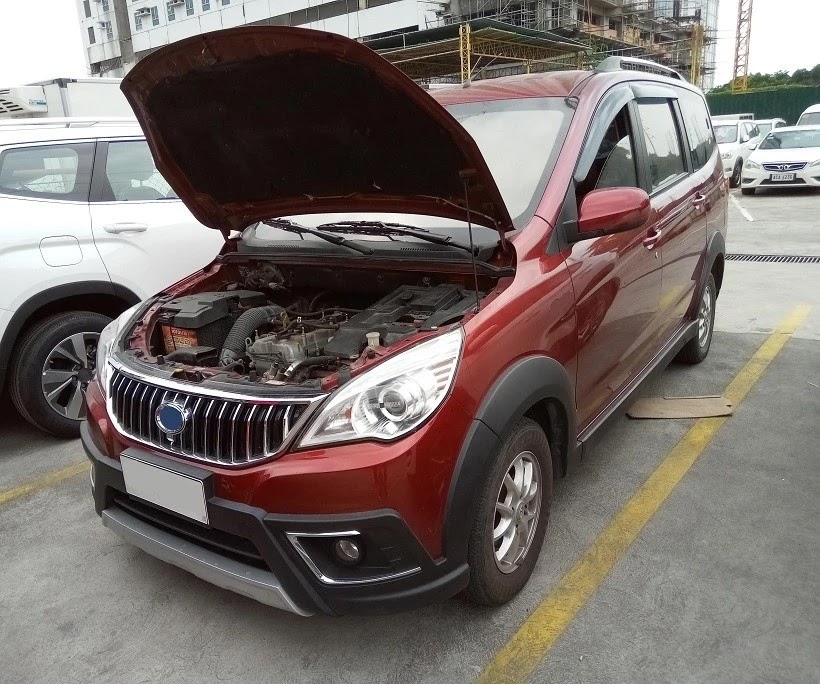Out of balance wheels are a common yet often overlooked issue that can significantly affect the performance and safety of a vehicle. Many drivers experience vibrations while driving but fail to recognize that unbalanced wheels could be the root cause. In this article, we’ll explore the causes, symptoms, and solutions for out-of-balance wheels and explain why addressing this issue promptly is crucial.
What Does It Mean When a Wheel is Out of Balance?
Wheel imbalance occurs when the weight distribution around a tire and wheel assembly is uneven. Ideally, the weight should be evenly distributed across the entire circumference of the wheel. Even minor variations in weight distribution can lead to imbalances, causing the wheel to wobble or vibrate as it rotates.
Types of Wheel Imbalances
1. Static ImbalanceStatic imbalance happens when the wheel’s weight is concentrated on one side. This causes the wheel to bounce up and down as it rotates, leading to vertical vibrations.
2. Dynamic ImbalanceDynamic imbalance occurs when the weight is uneven across the sides of the wheel. This imbalance leads to side-to-side vibrations and wobbling.
3. Combination ImbalanceA combination of static and dynamic imbalances, this type results in both vertical and lateral vibrations, making it particularly problematic.
Causes of Out of Balance Wheels
Understanding the causes of wheel imbalance is the first step in preventing and addressing the issue.
1. Normal Wear and TearOver time, tires naturally wear down, and their weight distribution can change. Even with regular maintenance, small imperfections can develop, leading to imbalances.
2. Incorrect Installationf a tire isn’t mounted properly on the rim, it can create an uneven weight distribution. Similarly, improper alignment or inadequate tightening of wheel nuts can contribute to imbalance.
3. Damaged or Bent WheelsDriving over potholes, curbs, or rough terrain can bend the wheel rim or damage the tire. Such deformations can disrupt the balance and cause vibrations.
4. Loss of Wheel WeightsWheels are balanced using small weights attached to the rim. If these weights fall off due to wear, improper installation, or impact, the wheel will become unbalanced.
5. Uneven Tire PressureMaintaining consistent tire pressure is crucial for balance. Uneven tire pressure can shift the weight distribution, leading to imbalance and vibration.
6. Road Debris AccumulationDirt, mud, or snow accumulating on a wheel can temporarily create an imbalance. While this is often resolved with cleaning, it can cause noticeable vibrations if not addressed.
Symptoms of Out of Balance Wheels
Recognizing the signs of wheel imbalance early can save you from costly repairs and ensure your safety on the road.
1. Steering Wheel VibrationOne of the most common symptoms is a vibrating steering wheel, especially at higher speeds. This indicates that the front wheels are unbalanced.
2. Car Body VibrationsVibrations felt throughout the car’s body often point to unbalanced rear wheels. These vibrations may increase with speed.
3. Uneven Tire Wearnbalanced wheels can cause tires to wear unevenly, particularly in spots where the imbalance exerts more force. This uneven wear can shorten the lifespan of your tires.
4. Increased Fuel ConsumptionAn unbalanced wheel requires more energy to rotate smoothly, increasing fuel consumption as the engine works harder to compensate.
5. Noisy RideAn out-of-balance wheel can produce unusual noises, including humming or thumping sounds. These noises are typically more noticeable at certain speeds.
Consequences of Ignoring Out of Balance Wheels
Driving with unbalanced wheels can lead to several issues that affect not only your comfort but also your safety.
1. Reduced Handling and ControlVibrations from unbalanced wheels can make steering less precise, reducing your control over the vehicle and increasing the risk of accidents.
2. Suspension DamageProlonged exposure to vibrations can strain suspension components, such as shocks and struts, leading to premature wear and costly repairs.
3. Tire DamageUnbalanced wheels cause uneven tire wear, potentially leading to blowouts or other tire failures.
4. Increased Brake WearVibrations from unbalanced wheels can affect the braking system, causing uneven wear on brake pads and rotors.
5. Driver FatigueContinuous vibrations can make driving uncomfortable, leading to driver fatigue on long trips.
How to Diagnose Out of Balance Wheels
If you suspect that your wheels are unbalanced, there are several methods to confirm the issue.
1. Visual InspectionLook for signs of uneven tire wear, bent rims, or missing wheel weights.
2. Test DrivePay attention to vibrations while driving, especially at speeds between 50–70 mph, where imbalances are most noticeable.
3. Professional BalancingA mechanic can use a wheel balancing machine to identify and correct imbalances. This machine rotates the wheel and tire assembly to measure weight distribution and pinpoint any issues.
How to Fix Out of Balance Wheels
Addressing wheel imbalance is relatively straightforward and can be done with professional assistance.
1. Wheel BalancingThe most common solution is wheel balancing, which involves attaching small weights to the rim to even out the distribution.
2. Tire Rotation and AlignmentRegular tire rotation and alignment can help maintain balance and prevent uneven wear.
3. Replacing Damaged ComponentsIf the imbalance is due to a bent rim or damaged tire, replacing the affected component is necessary.
4. Regular MaintenanceRegularly cleaning your wheels, checking tire pressure, and inspecting for wear can prevent imbalances from developing.
Preventing Wheel Imbalance
Taking proactive steps can reduce the likelihood of wheel imbalance and its associated problems.
1. Regular Maintenance ChecksSchedule regular inspections for your tires, wheels, and suspension system.
2. Proper InstallationEnsure that tires are mounted and balanced correctly during installation.
3. Avoid Rough TerrainDrive cautiously over potholes, curbs, and rough roads to prevent damage to wheels and tires.
4. Monitor Tire PressureCheck your tire pressure regularly to ensure it’s at the recommended level.
5. Clean Your WheelsRemove debris, mud, or snow from your wheels after driving in adverse conditions.
FAQs About Out of Balance Wheel Causes Vibration
1. Can I Drive With Out of Balance Wheels?While you can drive with unbalanced wheels, it’s not recommended. Ignoring the issue can lead to costly repairs and safety risks.
2. How Often Should I Balance My Wheels?It’s a good idea to balance your wheels every 5,000 to 7,500 miles or during tire rotation.
3. How Much Does Wheel Balancing Cost?Wheel balancing typically costs between $15 and $75 per wheel, depending on the service provider.
4. What’s the Difference Between Wheel Alignment and Balancing?heel alignment adjusts the angles of the wheels to ensure they’re parallel, while balancing corrects uneven weight distribution.
5. Do New Tires Need Balancing?Yes, new tires should always be balanced to ensure smooth operation and prevent vibrations.
Conclusion
An out-of-balance wheel causes vibration that can compromise your driving experience, vehicle performance, and safety. Recognizing the symptoms early and addressing the issue promptly is crucial to prevent further damage and ensure a smooth ride. Regular maintenance, proper installation, and cautious driving habits can go a long way in avoiding wheel imbalances.
By understanding the causes, symptoms, and solutions for out-of-balance wheels, you can take proactive steps to maintain your vehicle’s performance and safety. Don’t ignore the signs—address them promptly to enjoy a smoother, safer drive every time.
Want more videos all about auto?
Subscribe to our YouTube channel👉Cartech Home













